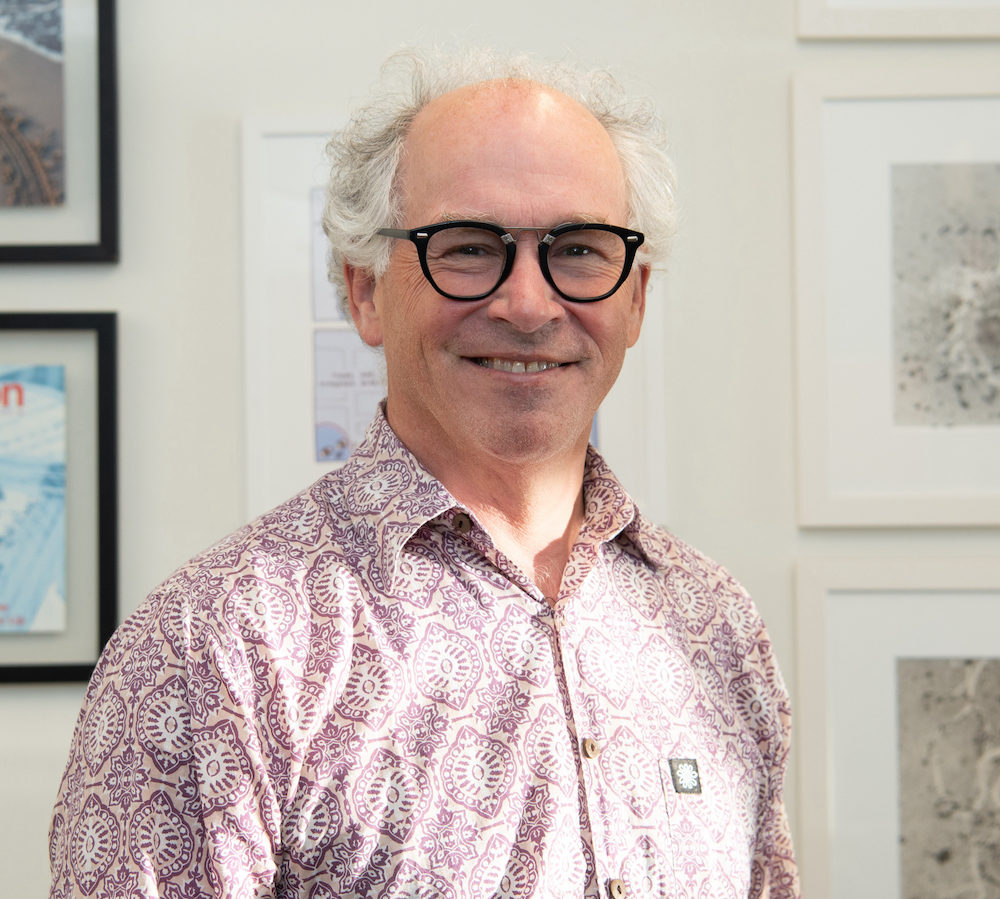
Gord Fishell, Ph.D.
The Diverse Landscape of Inhibitory Interneurons
A century ago Ramon y Cajal dubbed the local short axon cells of the brain, the inhibitory interneurons, “the butterflies of the soul”. With characteristic insight, he inferred that these populations, which possess such enormous morphological diversity, would ultimately prove to have an equally impressive breadth of functional attributes. Recent studies have born out this prediction and shown that inhibitory interneurons are much more than simple gatekeepers of excitation. Depending on which interneuron subtype is recruited they are able to refine or unite brain activity in a startling multitude of ways.
The Fishell laboratory is focused on how this diversity is created. Understanding how this is accomplished during development remains one of the most daunting problems in biology. In particular, we wish to understand not only how the vast variety of inhibitory interneuron subtypes are generated but how they subsequently integrate into the bewildering array of neural circuits that are embedded in different brain structures.
Our working hypothesis is that this is achieved through a two-step process. The first involves genetic programs that in accordance with their birthdate create a finite number of cardinal interneuron subtypes. Following the tiling of these newly born cardinal subtypes across different brain structures, local cues act to create the definitive subtypes characteristic of the distinct cortical and subcortical areas. Importantly, as we have explored the molecular control of these events, it has become clear that perturbation of this process can result in a variety of brain dysfunctions including autism spectrum disorder, intellectual disability and schizophrenia. A new and growing interest in the laboratory is therefore aimed at seeing if better understanding of these developmental events can lead to the development of new treatments for these disorders.
Dev Neurosci
View full abstract on Pubmed
Neuron
View full abstract on Pubmed
Development
View full abstract on Pubmed